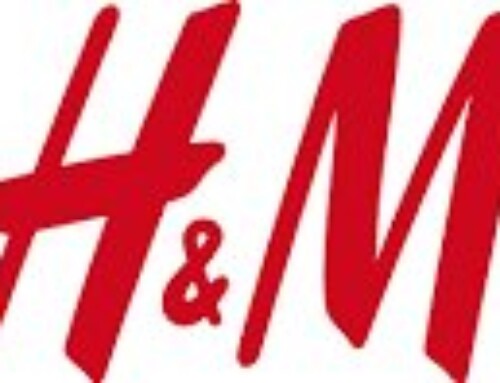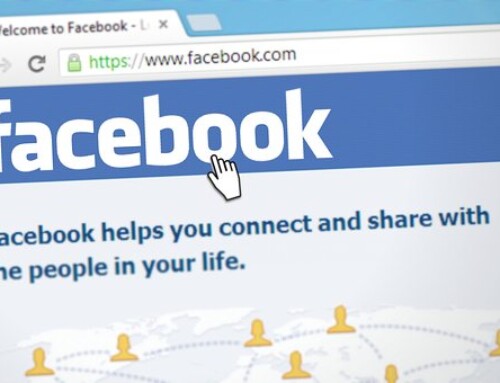Had two back to back phone patch sessions today that started me thinking again about the various methods of doing a session. Live in-person at an outside studio. ISDN. Phone Patch. Self-directed. There are pros and cons for each depending on various factors such as the type of script and how far away the outside studio is.
The first session today was with a studio that I have had to drive to in the past for sessions. It is up in Orange County. I’m practically in downtown San Diego. The last time I made the drive – about 1.5 to 2 hours or so depending on traffic – was the day Sarah Palin was announced as a Vice Presidential Candidate. The drive up and back that day was anything but boring.
But it does take a chunk of time out of your day – a minimum of about 4 to get there, do the session and get back home. So, I was pleasantly suprised when I got the call to do the session and didn’t have to make the drive. This particular studio has ISDN as well, so I tried to plant that seed with the producer for the future.
The second session was a conference call phone patch session with a director in Texas and 5 clients scattered around the country. The session started with technical difficulties – which is one of the drawbacks of trying to be the engineer AND the talent. I had some stray pixels that wouldn’t clear from my recording software, so I rebooted while they discussed the approach that they wanted me to take.
After the computer came back to life, Audition wouldn’t load, so I switched over to Word2Wav to capture the audio. To save time, I just used the last script that was in that program and made a note as to where the files would be stored. After recording the first two paragraphs, Audition finally decided to load and I finished the session on that software.
With the outside studio option, none of the engineer issues fall to the talent. With the ISDN option, some of the engineering issues rest with the talent – making sure you know how to set the codec to talk to the other codec and probably more important, making sure that someone at the AT&T hub hasn’t switched off your long-distance connection. That means having a phone number at the ready to the right department. Not very many people there even know what ISDN is and immediately try to sell you DSL or U-Verse instead of listening to the words coming out of your mouth.
With Phone Patch, ALL of the engineering issues fall to the talent. We need to make sure the client can hear us clearly. We need to make sure that what they hear is actually recorded. We need to save in the right format. We need to clean the files. We need to have a dedicated ftp option. But at least we get to interact with people and make them happy with our great work and our amusing comments (as appropriate).
Self-directing is the last option. Some scripts do not need a director and self-directing is the only way to go. With self-directing we still have to do all the engineering, but we can take as much time as we want. We can screw up and no one will be the wiser. We can run to the potty if necessary. But we are operating in a vacuum, so we must be able to know that the read we submit will be what the client is expecting – not hard for some kinds of scripts, but VERY hard for other kinds of scripts/clients.
It’s good to have options.







Hi there!
I would describe myself as an “out-of-market” voice! As a matter of fact I’m about as far out of market as it’s possible to be for a producer in North America! After all, Fortaleza, Brazil is not exactly next door. From you it’s almost a full day on one or two planes, depending.
That does place some restrictions on what we do.
First of all, I don’t produce, I do raw voice.
Everything I’ve done since I left North America 6 years ago has been self-directed…which can be pretty fast depending on how many jobs the producer is trying to do at the same time. If they are dedicated to you for that time, then you can message (MSN for example)or email and get the message across. THis makes correcting copy easier.
ISDN is not possible, at least as far as I know. Do you know people who are doing (very) long distance ISDN?
The “phone patch” can be done but is expensive. Skype is not possible as an alternative as far as I’m aware.
I do imaging for radio and it’s all self directed. They leave the copy, I record using Sony Sound Forge Audio Studio and fire it back as an mp3. I have used ftp but I’ve never had a problem using mp3 except for really long scripts. Then it might have to be broken up. You can also use MSN Live Messenger for transferring big audio files.
Andy
Andy – I have worked with Singapore using ISDN – that’s pretty far away from San Diego – and it works great! If there are lots of changes to the script during a session, I just check my email and print out a new script.
As far as phone patch alternatives – you should be able to use Skype for that. All you need is for them to hear you as you record.
And some clients need .wav or .aiff files, so emailing is not possible for the longer form stuff. If you need ftp – try YouSendIt or Box.net.